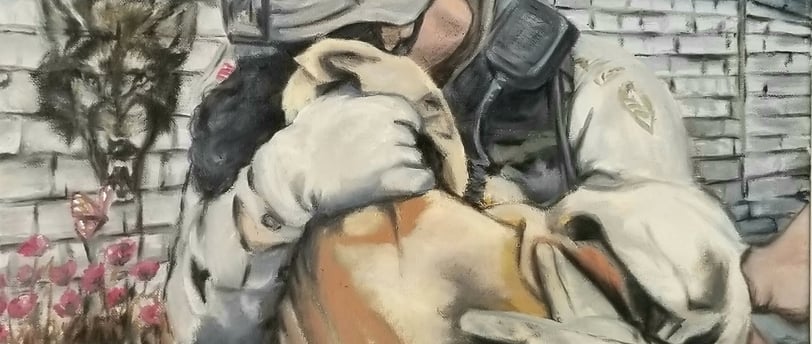The Lost Essence of Art: A Call for Return to Depth
The Contemporary Crisis in Art: A Return to Fundamentals In an era where contemporary art often prioritizes immediate impact over deep mastery, a crucial conversation about the true essence of artistic creation has become increasingly urgent. The modern art world, driven by social media visibility, quick recognition, and conceptual positioning, has potentially lost touch with what makes art genuinely powerful and meaningful. At the heart of this crisis lies a fundamental misunderstanding of artistic development. While contemporary approaches often emphasize theoretical frameworks and immediate social commentary, they frequently overlook the essential foundation of technical competence and dedicated practice. This shift has led to what many serious practitioners describe as a "watered-down shadow" of art's true potential, leaving audiences with a diminished understanding of art's transformative power. The path to authentic artistic expression, as maintained by dedicated practitioners, begins not with concepts but with mastery. Like an athlete developing fundamental skills, an artist must first build a deep technical foundation. This technical competence isn't merely about skill acquisition; it represents a profound engagement with reality itself. Through sustained practice and understanding of materials, artists develop the capacity to see and interpret the world with greater depth and nuance. The connection between technical mastery and creative freedom is inseparable. Without solid technical foundations, artists often find themselves "in the dark," struggling with impostor syndrome and compensating through elaborate conceptual frameworks. True artistic confidence emerges not from external validation but from the deep knowledge that comes through sustained practice and understanding. Particularly in oil painting, this journey requires patience and dedication. The medium demands a methodical approach, where understanding of materials, color relationships, and form develops gradually through consistent engagement. This process isn't merely about learning techniques; it's about developing a dialogue between artist and art, where each stroke and decision emerges from deep understanding rather than superficial effect. The timeless themes of human existence - our struggles, triumphs, and existential questions - require this technical foundation to be expressed with the gravity they deserve. Historical masters like Rembrandt, Goya, and Kollwitz demonstrated how technical excellence combined with deep human truth creates art that remains relevant across centuries. Their work wasn't powerful because it was "contemporary" but because it was true. A revolution in art may be necessary - not to reject tradition, but to return to depth. This wouldn't mean abandoning contemporary concerns but rather approaching them with the technical rigor and dedicated practice they deserve. The public deserves exposure to art that achieves its full potential, art that moves, transforms, and illuminates the human experience with genuine power. For artists committed to this path, the journey begins with recognizing that true creativity emerges from competence. The joy and freedom in artistic expression come not from bypassing technical mastery but from achieving it. Through this dedicated engagement with the fundamentals of their craft, artists can develop the capacity to create work that speaks with authentic power to the eternal aspects of human experience. The future of art depends not on finding new ways to bypass artistic fundamentals but on rediscovering the profound connection between technical mastery and genuine artistic expression. Only through this return to depth can art reclaim its essential role in human culture and experience.
Rouz
2/17/20251 min read


Art, Journey, Resilience
